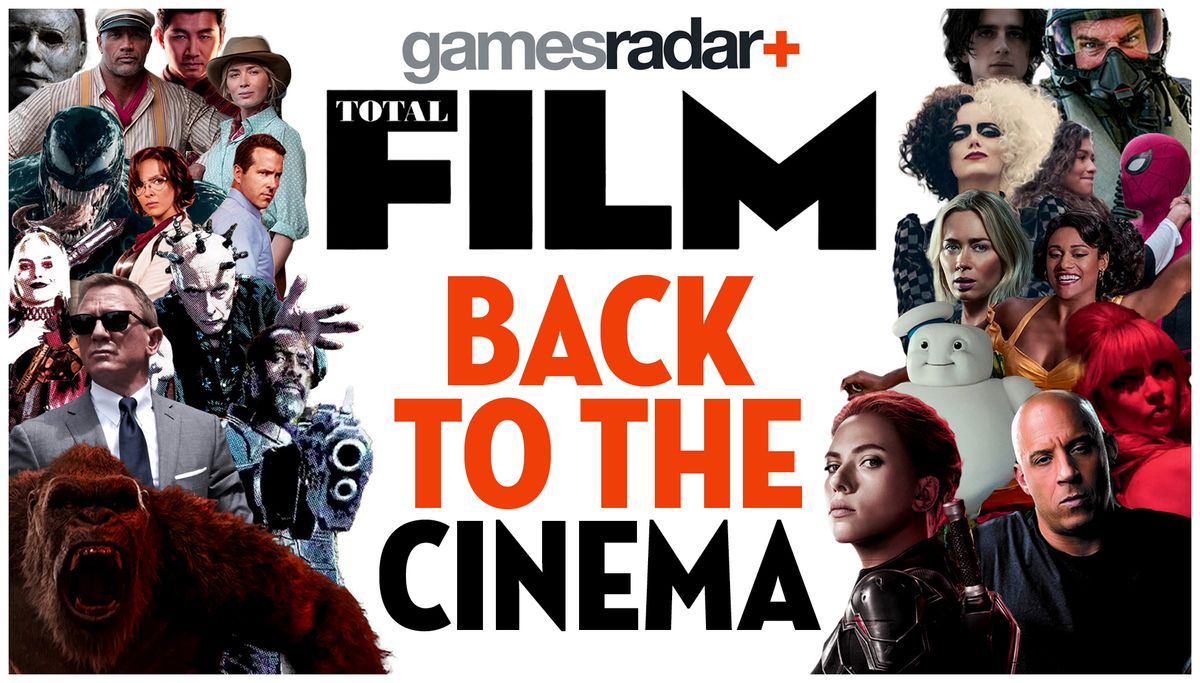Yesterday, I posted about a bill which seeks to legally enforce ESRB ratings. The first questions several of our commenters posed were, more or less, “What? This again?”
You can check out the story to learn more about H.R. 287, but suffice it to say the bill would add legal teeth in the form of a maximum $5,000 fine to the voluntary agreement between video game retailers and the Entertainment Software Association–the agreement which makes sure all of the games retailers sell have a familiar little black-and-white label on the front, and that kids can’t buy those games if the label reads “M” or “AO.”

The Video Games Ratings Enforcement Act sounds kind of similar, as our commenters pointed out, to the California law which banned the sale of violent games to minors. That law was never actually enforced, moving from court to court until it was struck down by the Supreme Court–the big one–in its 7-2 ruling on Brown v. Entertainment Merchants Association in 2011. So what makes Rep. Jim Matheson (D-Utah) think, if his bill were to become law, it wouldn’t suffer a similar fate?
Matheson had the good sense to use an established ratings system (which 68 percent of parents feel allows them to make an informed purchasing decision) as the bill’s acid test. Instead of complicated labels which a “reasonable person” might find apply to a game’s acts of violence (Is it “patently offensive?” Is it “depraved?”), the VGREA defers to the judgment of the Entertainment Software Ratings Board.
Did the ESRB rate the game “M for Mature” or “AO for Adults Only?” Then it can’t be sold to persons under the respective ages of 17 or 18.
Matheson wants this act to go arm in arm with the games industry, while Brown v. EMA wanted to hold the industry at arm’s length. But the ESA provided us with a statement which politely declines the invitation.

“The Entertainment Software Association (ESA) shares Representatives Matheson’s goal of ensuring parents maintain control over the entertainment enjoyed by their children. That is why we work with retailers and stakeholders to raise awareness about the proven Entertainment Software Rating Board (ESRB) system, the parental controls available on every video game console, and the importance of parents monitoring what games their children play.
“However, this type of legislation was already ruled unconstitutional and is a flawed approach. Empowering parents, not enacting unconstitutional legislation, is the best way to control the games children play.”
Is it fair to lump the VGREA together with the California law, when they employ substantially different means? From the decision Justice Antonin Scalia wrote in the Brown v. EMA decision, it would seem so.
Scalia said the effects violent video games have on children’s feelings of aggression were “both small and indistinguishable from effects produced by other media” in the studies presented by California. The same effects were found “when children watch cartoons starring Bugs Bunny or the Road Runner, or when they play video games like Sonic the Hedgehog that are rated ‘E,’ or even when they ‘view a picture of a gun.'”

“Of course, California has (wisely) declined to restrict Saturday morning cartoons, the sale of games rated for young children, or the distribution of pictures of guns. The consequence is that its regulation is wildly underinclusive when judged against its asserted justification, which in our view is alone enough to defeat it. Underinclusiveness raises serious doubts about whether the government is in fact pursuing the interest it invokes, rather than disfavoring a particular speaker or viewpoint.”
The VGREA is similarly underinclusive. Scalia went on to say the California law was also overinclusive, because “[n]ot all of the children who are forbidden to purchase violent video games on their own have parents who care whether they purchase violent video games,” and therefore was not narrowly tailored enough to assist parents. The VGREA is similarly overinclusive.
To be fair, 87 percent of the time those children are still unable to buy mature-rated games from retailers who voluntarily adhere to ESRB recommendations, according to a 2011 FTC survey. It found that video game retailers are easily the most effective at enforcing rating age requirements compared to music and movie stores and theaters.
I think the games industry should take more responsibility for its content, and consider how its deservedly shoddy public image contributes to this sort of recurring legislation.
But neither of those problems, nor any others, will be solved by H.R. 287.
 Game News Video Games Reviews & News
Game News Video Games Reviews & News



